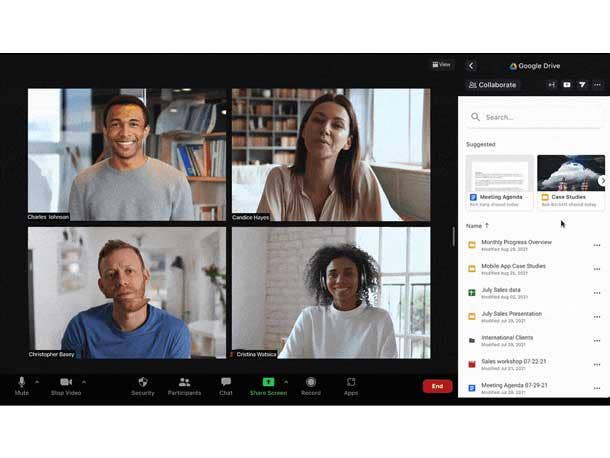Palo Alto, Zscaler Tighten Ties With Zoom To Improve Video-Call Services
‘This is all about monitoring user experience. This is all about getting metrics on how call quality is going,’ says Zscaler executive.

Cybersecurity heavyweights Palo Alto Networks and Zscaler have deepened their partnerships with Zoom Video Communications as part of a move to enhance security and user experiences during video conferences.
In separate press releases issued during this week’s Zoomtopia conference in San Jose, Calif., Palo Alto Networks and Zscaler announced integrations with Zoom’s new Quality of Service Subscription (QSS) to improve video services for all three companies’ customers.
The goal: leverage current security and other services already provided by Palo Alto and Zscaler to Zoom to collect data about any video disruptions that users may be experiencing – and then relaying that information in real-time to customers’ IT personnel and others so they can immediately fix problems.
[RELATED STORY: New Zoom Channel Chief On Hybrid Work, Profitability, And Building a ‘Partner-Centric Culture’]
The quality of video conferences can be disrupted by a wide variety of things, including hardware issues, poor Wi-Fi quality, or internet service provider (ISP) network challenges, according to officials.
The new integrations are designed to get key data as soon as possible to appropriate technicians, who can then make corrections to improve the quality of video conferences while maintaining strong security.
For the Santa Clara, Calif.-based Palo Alto Networks, the new agreement integrates the company’s ‘Autonomous Digital Experience Management’ (ADEM) with Zoom’s QSS to collect reams of data related to video conferences and then providing quick insights about the root causes of meeting disruptions.
“Users expect this very high quality, seamless meeting experience,” Pam Cyr, vice president of technical partnerships at Palo Alto Networks, told CRN in an interview. “We are going to give the administration teams of our organizations, better real time information, so they can resolve issues quickly and without user frustration.”
Cyr said there is “no question that this is going to be important for our channel partners” because Palo Alto Networks can now provide partners and customers with tools to achieve higher quality Zoom conferences.
For San Jose, Calif.-based Zscaler, the new arrangement integrates the firm’s Zscaler Digital Experience (ZDX) with Zoom’s QSS to collect data that can also be used to pinpoint Zoom service disruptions as soon as possible, Dhawal Sharma, vice president and general manager at Zscaler, told CRN in an interview.
“This is all about monitoring user experience,” Sharma said. “This is all about getting metrics on how call quality is going.”
Sharma emphasized that Zscaler has previously worked with Zoom on user-experience issues, not just security issues, and the new integration is simply the “next phase” of its longer-term relationship with Zoom.
In an interview with CRN, Mark Wiener, CEO of BizCom Global, a Raleigh, N.C.-based MSP, said Zoom has largely fixed its most infamous security problem – the “zoom bombing” of video meetings – that plagued the company in the early days after the onset of the COVID-19 pandemic and the subsequent boom in remote working.
The real problem for Zoom meetings these days is indeed about the quality of its video conferences, said Wiener, explaining that meetings can get “choppy” and “fuzzy” and even freeze up at times.
He noted other video conference services, including Google Meet and WebEx by Cisco, have similar quality problems.
Wiener said his customers have complained about the quality of video conferences in the past – and he’s glad Zoom, working with other firms, is working to improve user experiences.